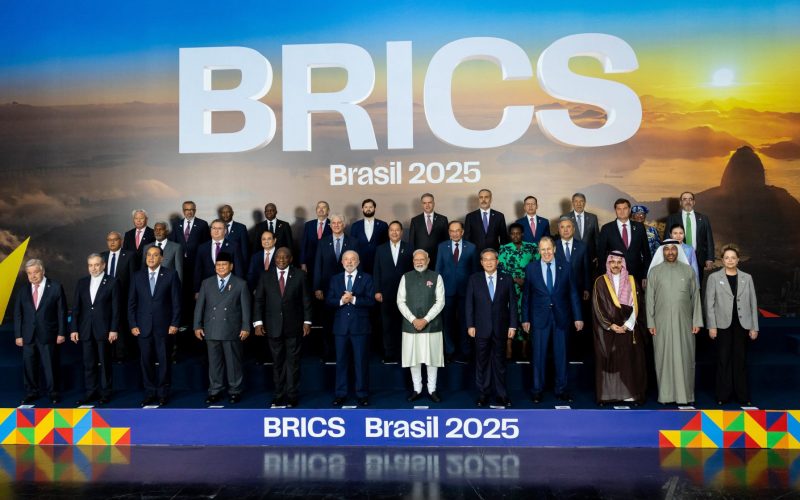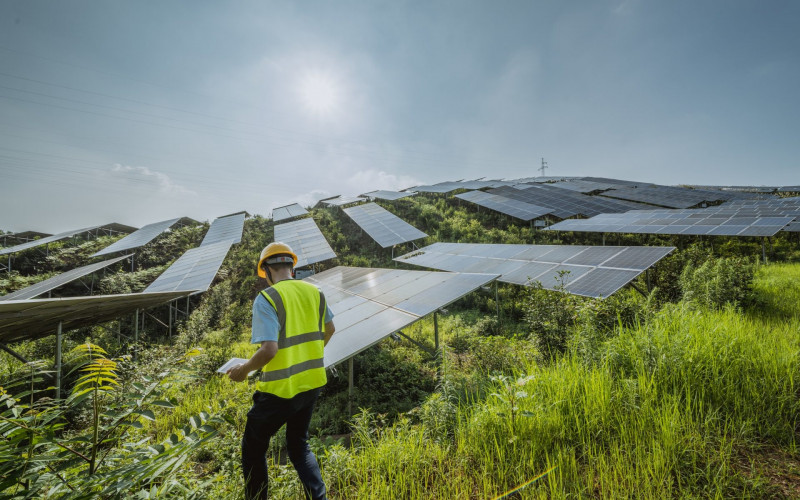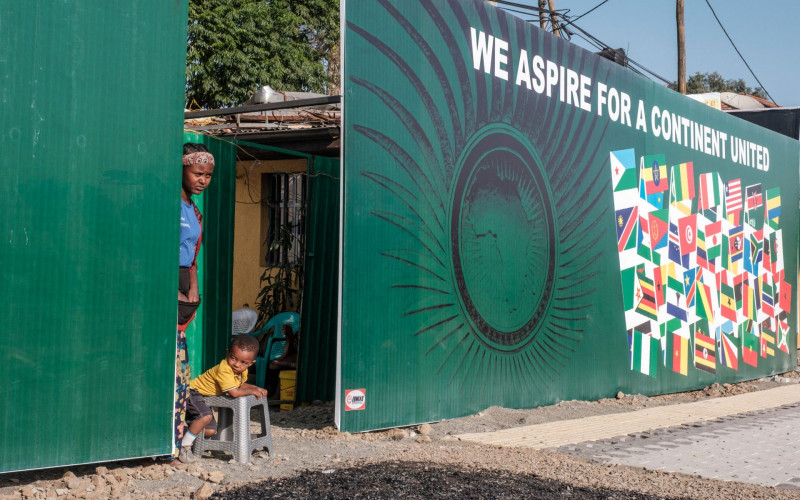It specifically draws from chapter two of the book, titled ‘Conceptual Framework and the Importance of Consistent Definitions’. Given the interchangeable manner in which terms such as South-South Cooperation, development cooperation, or foreign aid are used, it is important that contemporary scholars and practitioners in the international development landscape add greater clarity to these terms and concepts. When a term begins to mean everything, it also loses its meaning or utility for scientific study and policy-making.
The 2019 meeting in Argentina organised by the United Nations Office on South-South Cooperation, the BAPA+40, provided an opportunity for scholars and practitioners to add more clarity to these particular concepts forty years since the Buenos Aires Action Plan was adopted in 1978. As the geopolitical and international development landscape continues to shift with Southern powers taking on greater responsibilities, they will be called upon to also lead the discussion on definitions, lest they allow Northern scholars and journalists to set the parameters and tone of the narrative through their own interpretations.
While the concept of South-South Cooperation generally includes various exchanges amongst countries of the global South, including trade and investment, one must be more disciplined when using the concept of development cooperation, which is only one amongst many available tools of South-South Cooperation. Indeed while development cooperation forms only one aspect or sub-set of South-South Cooperation, it is not the case that other forms of South-South Cooperation such as trade and investment can be characterised as development cooperation from the South. Yet this is an often-repeated mistake in various discussions taking place at international platforms. The following paper grapples with the complexity of defining South-South Cooperation and development cooperation from Southern powers, arguing that this important distinction must be made. It seeks to add clarity and emphasise the importance of consistent definitions when studying South-South Cooperation and development cooperation flows from the global South.
Indeed the paper argues that there should be no confusion on why South-South Cooperation as a concept covers the myriad flows amongst countries of the global South. At the time when it was conceptualised as a term, flows amongst countries in the global South were very few, and often had to be mediated by the Northern countries and institutions. However, with South-South flows having rapidly grown in the past few decades, it now becomes more important to distinguish between the various components of South-South Cooperation, especially development cooperation, where confusion persists. What is important is to clearly distinguish between South-South Cooperation as a broader concept and development cooperation from Southern powers so that they are not used interchangeably, whether explicitly or implicitly.








